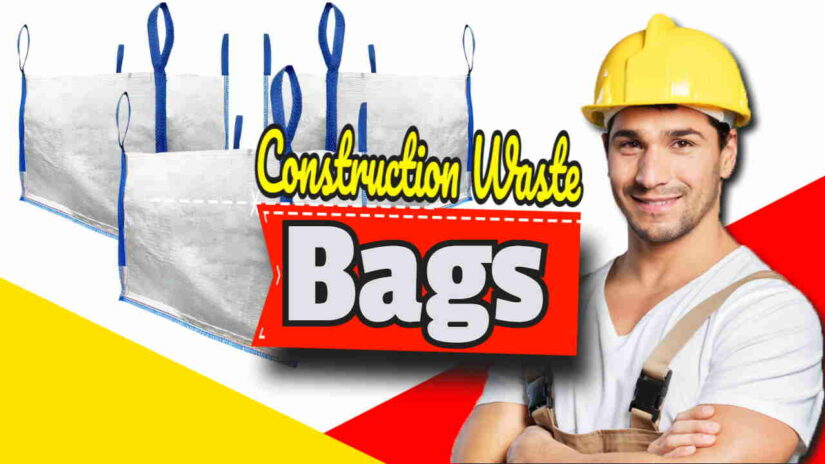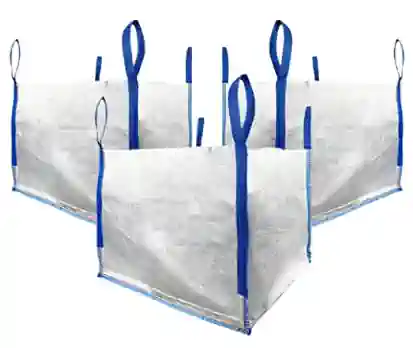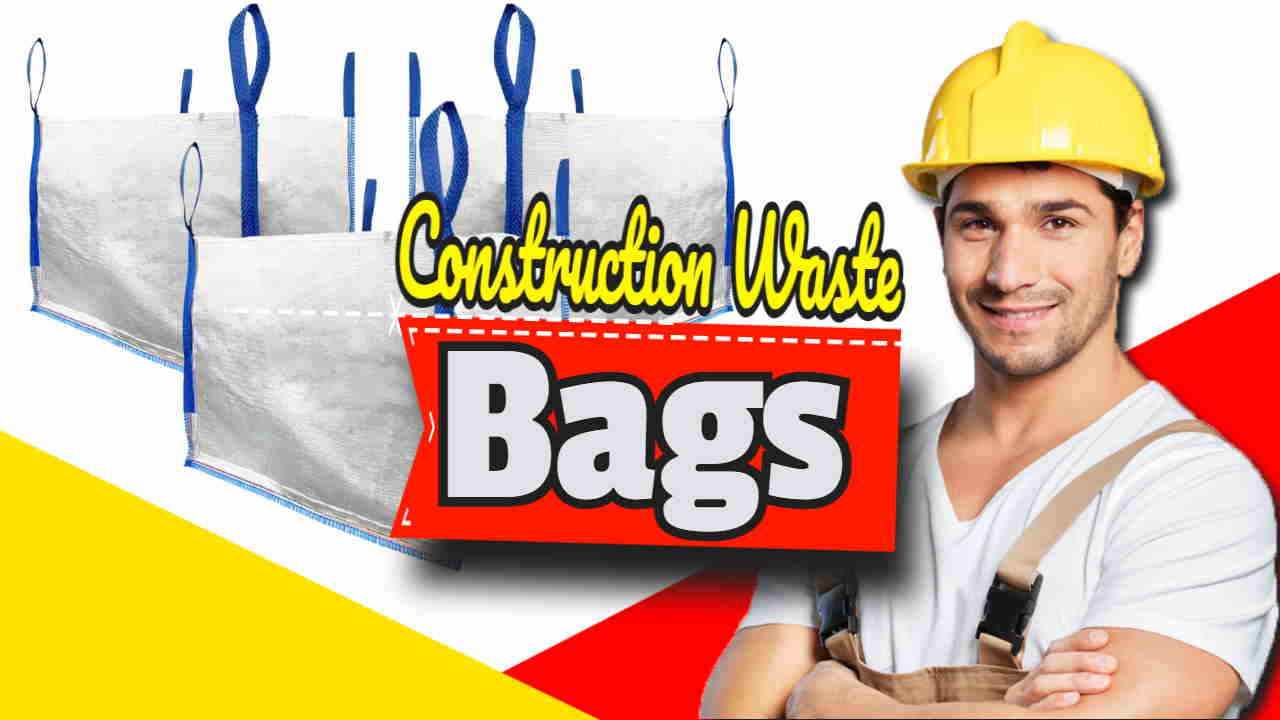
Construction Waste Bags
 Construction waste bags are extremely strong bags, usually with a capacity of 1 cubic metre.
Construction waste bags are extremely strong bags, usually with a capacity of 1 cubic metre.
This type of construction waste bag can hold about 1,500 kg of construction and demolition waste and is provided with a closure system and lifting handles.
In contrast to the classic large waste container, if you keep it in your front garden, you can be certain that you are the only one who will use it.
No asbestos, paint or other hazardous waste can be placed in a construction waste bag.
Check Out These Construction Bag Sales on Amazon
Your local construction waste disposal service company (often called a “skip” company) usually provides the distribution, collection and environmentally friendly processing and disposal of full construction waste bags.
Construction Waste Bags – Heavy Duty Builders Rubble Sacks Aggregate Bags
Additionally, these bags are able to contain twigs and other irregular debris. To make things even better, they can be recycled.
Generally, construction waste bags are big enough to contain a cubic meter of waste. They can hold up to 1,500 pounds of garbage, and they have handles for lifting.
Limitations on the Use of Construction Waste Bags
Despite being sturdy, construction waste bags should only be used by property owners or contractors. They should never contain hazardous waste. To dispose of construction waste properly, you should contact a local construction waste disposal service company. They will arrange for pick-up and distribution and will process the material in an environmentally friendly manner.
Versatile Rubble Storage with a Low Purchase Price
Using a construction waste bag is an economical way to dispose of construction waste. They can be used as a temporary storage system for construction waste. They can be placed underneath a concrete pump truck or mixer truck. The bags are non-waterproof, and they can be easily lifted with a forklift. After they are filled with concrete waste, they can be transported to the landfill or a recycling centre.
Construction waste bags are also available in heavy-duty 40-gallon versions. These bags are great for storing heavy construction debris and clean-up jobs. These bags are thick and durable, so they keep the waste in place and keep spillage to an absolute minimum. However, finding a reliable supplier of construction waste bags can be challenging.

Keep a Record of all Waste Produced
When planning a renovation project, make sure you keep a record of all waste produced. You should separate construction debris into non-inert and inert materials, and make sure your contractor knows what materials are recyclable and which are not.
Also, ensure that if you are required to provide the contractor with disposal instructions, make sure that you give clear instructions for the disposal of this construction waste. Construction waste can be recycled, but you must make sure you get rid of it safely and legally.
The Bagster
The Bagster is a popular choice for small remodelling projects. This durable single-use bag can hold up to 3 cubic yards of debris. Bagsters and dumpsters have similar functions but have a few key differences. Bagsters can be cheaper to use than dumpsters.
Construction Waste Bags – Summary
Whether you are a small DIYer or a contractor, construction waste bags are a handy solution for your debris removal needs. These bags can hold up to 3,300 pounds of debris, and they are easily recycled. They are convenient to use and can be purchased at a local hardware store or home improvement retailer. These bags are ideal for home improvement projects and can be used to clean out your garage and attic. They are also recyclable and come in convenient sizes.
Construction waste bags are a great way to remove debris that can be a nuisance to the environment. Many construction projects produce large amounts of waste. This waste can be difficult to haul away.
Construction waste bags can handle the same types of materials as standard dumpsters. However, they cannot be used to dispose of household electronics or appliances.
[First published on 30 June 2014.]

The material’s or component’s life cycle and serviceability present a challenge, in my opinion. Can reclaimed materials and building components be used and installed as-is, or must they be refurbished in some way? As a result, the refurbishment process would continue to add waste to the production pipeline. Thoughts?